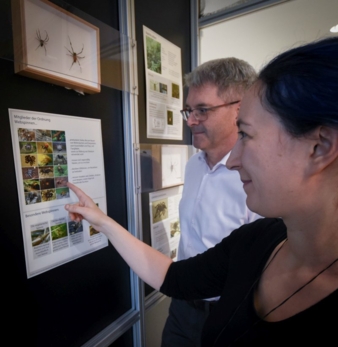02.01.24 – University of Bayreuth
Influence of environmental factors on spider silk
Professor Thomas Scheibel, Chair of Biomaterials at the University of Bayreuth, and his team conducted a study on spider silk´s strength and resilience concerning environmental influences. Published as “Impact of environmental factors on spider silk properties” in the journal Current Biology, their research involving 50 spider species revealed that spider webs thrive in regions experiencing heavy rainfall, displaying remarkable robustness.
Spider evolution led to the creation of “orb webs” designed to catch their prey, where the radii play a crucial role in absorbing energy from collisions. Major ampullate silks, also known as dragline silk, stand out for their toughness compared to other natural and man-made fibers. By examining silk from 50 spider species in Colombia, the team aimed to comprehend how environmental factors impact silk´s mechanical properties. Scheibel concludes: “It was the first study on spider silks to analyse entire area-wide environmental factors along climatic and altitudinal gradients. The results show that spiders in regions with a lot of heavy rainfall have stronger silk threads than spiders that live in regions, in which heavy rain events are less frequent.” As a result the silk´s mechanical properties are likely to adapt in high rainfall regions to minimize web damage and energy loss for spiders. Furthermore, this understanding could enable material scientists to better target their quest for exceptional silks. The study involved collaboration with partners from Spain, Colombia and Göttingen and was funded by the German Academic Exchange Service (DAAD), the Research Foundation of the German People and the Office of Naval Research Global (ONRG).
The full article can be accessed here.

